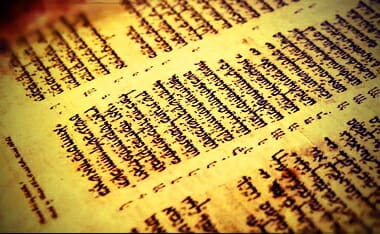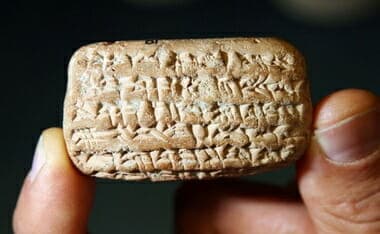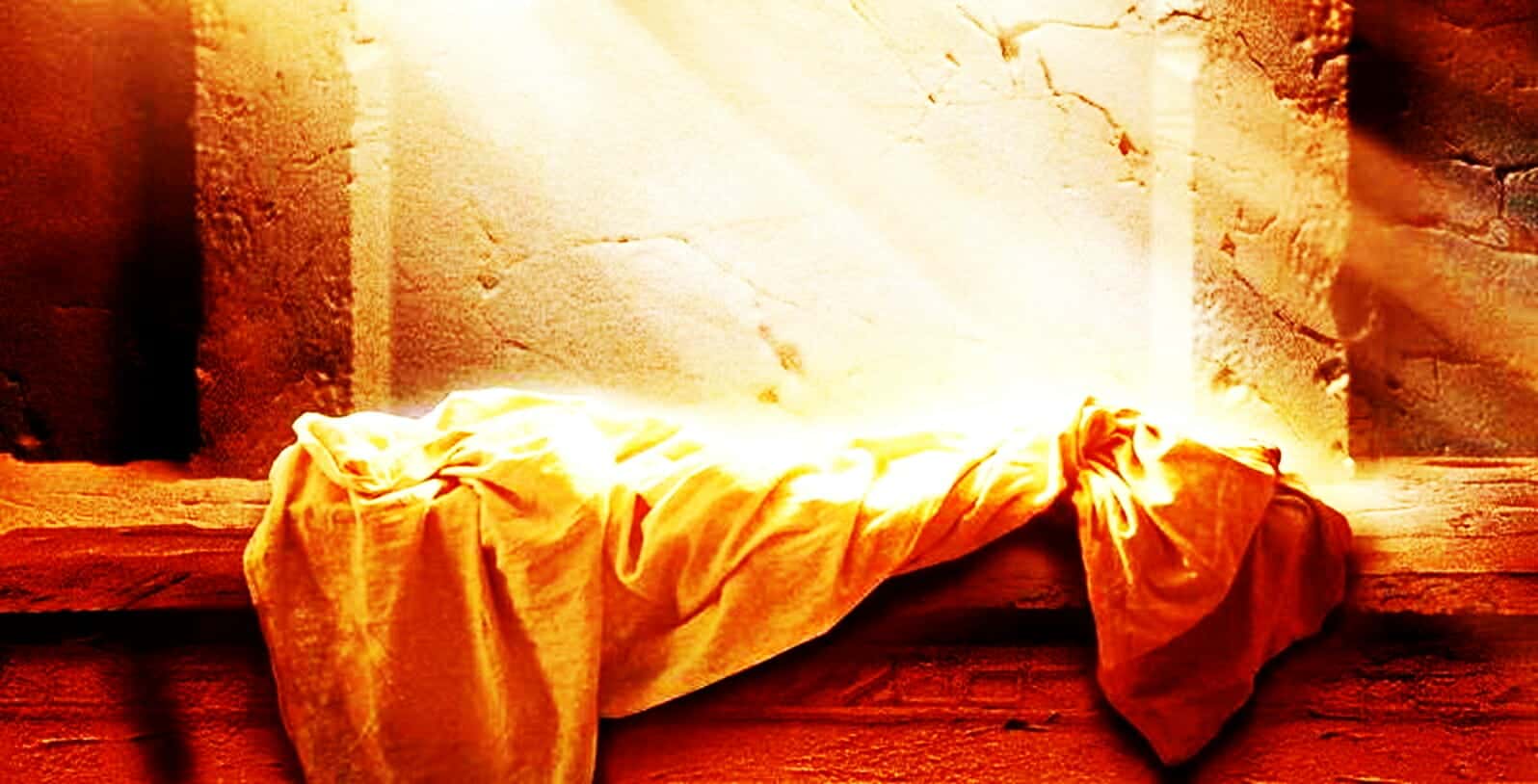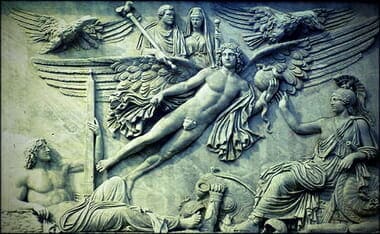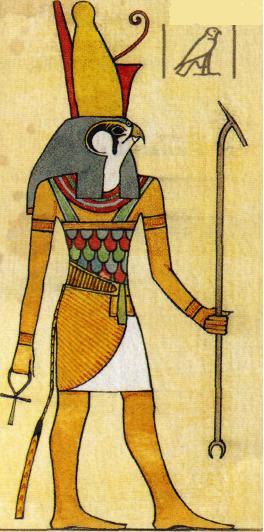I have been politely challenged by a person on one of my YouTube uploads. I responded to one challenge already. After responding to it I was challenged with another supposed contradiction in the Bible. I doubt highly the questioner is truly in search for truth in these matters as much as they are more concerned in a masochistic drive to circle the wagons around their unbelief. So I suggested two books for him to get to answer his own questions rather than ask me.
- The Big Book of Bible Difficulties: Clear and Concise Answers from Genesis to Revelation, by Norman Geisler and Thomas Howe;
- and, the New International Encyclopedia of Bible Difficulties, by Gleason Archer.
However, after the following challenge I said he should read one book:
- Cold-Case Christianity: A Homicide Detective Investigates the Claims of the Gospels, by J. Warner Wallace
But… he pushed another “contradiction.” So I am responding to it. But I am not at this person’s beckon-call.
Here is the challenge:
The different gospels clearly contradict each other on Jesus’ last words on the cross.
Matthew 27:46: Eli, Eli, lama sabachtani? that is to say, My God, My God, why hast thou forsaken me?
(Verse 50 says he cried out again before dying, but no mention is made of spoken words.)
Luke 23:46: Father, into thy hands I commend my spirit.
John 19:30: It is finished
I then asked if he had seen Monty Python’s “Life of Brian.” He said “No.” I linked to the below video to make a point:
[I love the parts where they do not hear what Jesus is saying, and so substitute what they think He said: “Blessed are the Greeks,” for example.]
I respond:
Similarly, you seem to have an unrealistic view of the historical scene we know happened at Calvary. There were Roman soldiers keeping people back, gambling, talking, etc. Ambiant noises as well, horses, carts on a nearby road/trail, or the “clanging” of a blacksmith or shaking out of rugs, and the like. Likewise, people around the scene were crying, talking, some closer, others further away from the crosses.
- An after thought: The skeptic seems to think that the crucifixion scene was in a sound proof room where the disciples were all the same distance from Jesus with a Dictaphone up to His mouth. What an untenable belief!
In fact, John mentions he was close to the Cross, probably hearing things the others didn’t:
John 19:25-27 “Standing by the cross of Jesus were His mother, His mother’s sister, Mary the wife of Clopas, and Mary Magdalene. When Jesus saw His mother and the disciple He loved standing there, He said to His mother, ‘Woman, here is your son.’ Then He said to the disciple, ‘Here is your mother.’ And from that hour the disciple took her into his home.”
Combining the three accounts, we read:
“And about the ninth hour Jesus cried with a loud voice, saying, ‘Eli, eli, lama sabachthani?’ that is to say, ‘My God, my God, why hast thou forsaken me?’….Jesus, when he had cried again with a loud voice said , ‘Father, unto thy hands I commend my spirit:’ (notice the cry with a loud voice is separated from Jesus commending His spirit, probably quieter), then he said softly, ‘It is finished:’ and he bowed his head, and gave up the ghost.”
JUST like a police officer or insurance adjuster will do from multiple eyewitnesses to a vehicle accident. People who see the same incident — maybe from a similar viewing position or from different places [say on different corners] — have different/varying descriptions… of the same incident.
In-other-words, there is no contradiction.
IN FACT, if these descriptions were identical, I would question if they were written by different people. I would charge collusion, like two criminals getting their story straight before talking to a police officer.
He responds:
Yes, but some Christians including yourself claim that the Bible is perfect and has zero contradictions. Three people claim Jesus said three different things right before he died.
I respond:
It doesn’t have any real contradictions. I have written about inerrancy here. For instance, you have not shown a contradiction., Jesus said all those things before he dies, people just heard them and others did not. It is not a contradiction.
John heard His [Jesus’] last ~ QUIET ~ words (remember, he was closer);
…AND…
Matthew heard His [Jesus’] last ~ LOUD ~ words.
Again, you have not shown a contradiction that isn’t easily explained by the historical setting. Unless you reject my verse documenting John’s closeness to the Cross and accept the verses you are using as valid? A double standard?
You seems to not be distinguishing between what a contradiction is verses a difference:
First, it’s important to distinguish between contradiction and difference. Just because two passages are different, doesn’t mean they contradict each other. For example, Matthew 27:5 says that Judas hung himself, while Acts 1:18 says that he fell to the ground and burst wide open. These are two different accounts of Judas’ death, but they are not formal contradictions. A contradiction would be one passages saying, “Judas hung himself and died” and another passage saying, “Judas didn’t hang himself; rather, he threw himself from cliff and splattered on the ground.”
In the Bible, it could be that he hung himself in a high tree, and then the rope snapped and he fell headlong and burst all over the ground. Or maybe his attempt at hanging himself didn’t work (Matthew 27 doesn’t actually say he died from hanging himself), and so he went and threw himself from a cliff, as recorded in Acts.
Or maybe there are other options. The point is, many apparent contradictions aren’t really formal contradictions at all. They’re simply different accounts, different perspectives, or different versions of the story…
Some other thoughts on this are as follows. One I particularly like Youth Apologetics Training:
I would define someone’s last words as what they spoke during the last movements of their lives. The patriarch Jacob spoke many last words over his sons before he died (Gen 49). His long prophecy over his boys could all be considered his last words.
Even the idea of “last words” is being defined in a literal, wooden sense when more of an “idea” of last words is being presented. (Something, ironically, we are accused of, that is: being literal or taking the Bible as literal. Here we see the skeptic doing so, incorrectly I night add.) Or at least is an option that takes away a supposed contradiction. WIKI notes the definition:
- Last words or final words are a person’s final articulated words said prior to death or as death approaches. (emphasis added)
Apologetic Press discusses these verses a bit:
On a regular basis, atheists, agnostics, skeptics, and Bible critics write our offices at Apologetics Press. Some of the feedback we receive is simply to inform us how naïve Christians are for believing in God, Jesus, and the Bible, or how ignorant creationists are for disbelieving in macro-evolution. We also receive numerous questions from these non-believers. (Unfortunately, due to the volume of inquiries we receive, we are unable to answer all of them.) Recently, one Bible critic sent the following note:
You say the Bible does not contradict itself but I have found several contradictions in the Bible. For example, in John 10:30 Jesus says that he and his father are one then in John 14:28 he says his father is greater than he. Did he change his mind?
So what were Jesus’ last words? Well Matthew, Luke and John seem to have all heard something different. In Matthew 27:46,50 Jesus said my god my god why has thou forsaken me then died but in Luke 23:46 he claims Jesus said father unto thy hands I commit thy spirit then died and finally in John 19:30 he claims that Jesus said it is finished then died. Well which one is it? These are just a few of many. Why would someone say the Bible doesn’t contradict itself when if you have read the words in its pages it does not take a genius to see all the falsities within.
Consider how easily these questions can be answered simply by remembering two basic rules of interpretation.
First, supplementation is not equivalent to a contradiction. For example, suppose you tell a friend about your trip to Disney World. You mention that you went to Magic Kingdom on Monday. Later, you state that you went to Hollywood Studios on Monday. Have you lied? Are these two contradictory statements? Not necessarily. It could be that you visited both Magic Kingdom and Hollywood Studios on the same day. Similarly, the seven statements the gospel writers recorded that Jesus made from the cross (including the three aforementioned statements—Matthew 27:46; Luke 23:46; John 19:30) all supplement one another. Nothing is said about Jesus making only one of these statements. What’s more, silence does not negate supplementation. Simply because John wrote that our suffering Savior said, “‘It is finished!’ And bowing His head, He gave up His spirit” (John 19:30), does not mean that Jesus could not also have said, “Father, into Your hands I commit My spirit” after He had cried out, “It is finished,” and before His death (Luke 23:46). Nothing in John 19:30, Luke 23:46, or Matthew 27:46,50 is contradictory. We simply have three different statements that Jesus made at three different moments during His crucifixion….


